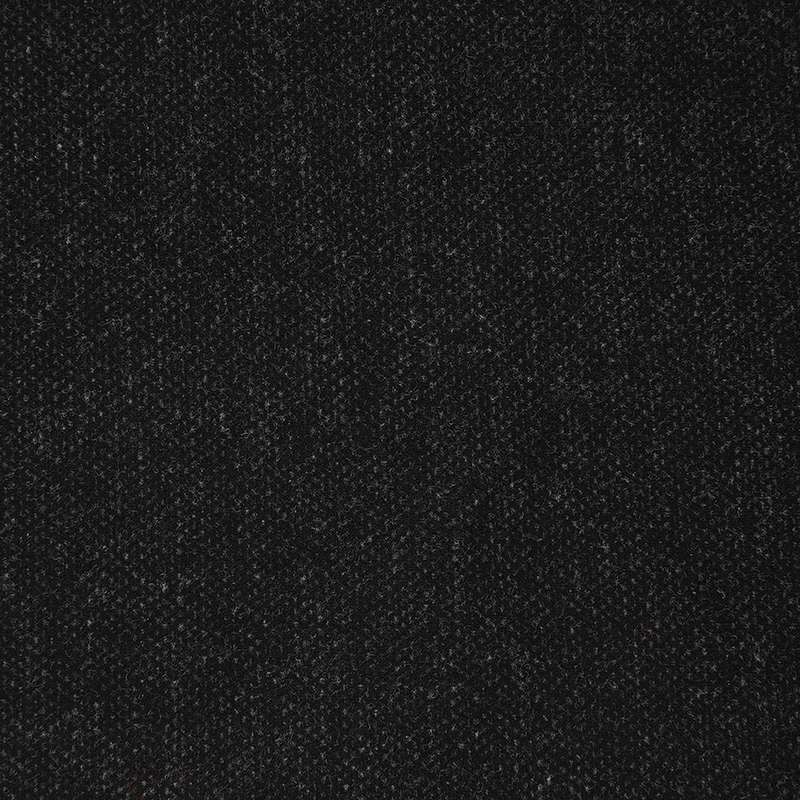 0571-82995618
0571-82995618 [email protected]
[email protected]- Wholesale Blended Fabrics Manufacturers
What are the characteristics of knitted jacquard fabrics? Knitted jacquard fabric is good-looking but easy to scratch, so you must be careful when wearing it and washing it to avoid scratching your nails.
Knitting is divided into weft knitted fabric and warp knitted fabric. At present, knitted fabrics are widely used in clothing fabrics and linings, home textiles and other products, and are loved by consumers.

The advantages of knitted fabrics: soft texture, moisture absorption and breathability, excellent elasticity and extensibility, and manufacturability. Knitted clothing is comfortable to wear, fits snugly, has no tightness, and can fully embody the curves of the human body.
The disadvantages of knitted fabrics are that they are easy to fall off, curl up, and snag, and are not as durable as woven fabrics. Weft-knitted fabrics (1) Weft-knitted fabrics often use low-elastic polyester yarns or profiled polyester yarns, nylon yarns, cotton yarns, wool yarns, etc. as raw materials, using plain stitches, variable plain stitches, ribbed plain stitches, double ribbed plain stitches Needle weave, jacquard weave, terry weave, etc., are knitted on various weft knitting machines.
It has many varieties, generally has good elasticity and extensibility, the fabric is soft, firm and wrinkle-resistant, has a strong hair style, and is easy to wash and dry. However, its hygroscopicity is poor, the fabric is not stiff enough, and it is easy to fall off and curl, and the chemical fiber fabric is easy to fuzz, pilling and hooking. There are mainly the following varieties:
1. Polyester yarn-dyed knitted fabric: The fabric is bright in color, beautiful, with matching colors, compact and thick texture, clear weaves, and strong sense of wool, similar to wool fabric tweed style. Mainly used as men's and women's tops, suits, windbreakers, vests, skirts, cotton-padded jacket fabrics, children's clothing, etc.;
2. Polyester knitted labor fabric: This kind of fabric is compact and thick, strong and wear-resistant, firm and elastic. If the raw material is core-spun yarn containing spandex, it can be woven into elastic knitted denim with better elasticity. Pants mainly used for men's and women's tops;
3. Polyester knitted wick strip fabric: the fabric has distinct concavities and convexities, a thick and plump hand feel, good elasticity and warmth retention. Mainly used for men's and women's tops, suits, windbreakers, children's clothing and other fabrics;
4. Polyester and cotton knitted fabric: After dyeing, the fabric is used as fabric for shirts, jackets and sportswear. The fabric is stiff and wrinkle-resistant, strong and wear-resistant, moisture-absorbing and breathable, soft and comfortable;
5. Artificial fur needle fabric: The fabric has a thick hand feel, soft and good warmth retention. According to different varieties, it is mainly used for coat fabrics, clothing linings, collars, hats, etc. Artificial fur is also woven by warp knitting.
6. Velvet knitted fabric: The fabric feels soft, thick, firm and wear-resistant, the fluff stands upright, and the color light is soft. Mainly used as outerwear fabric, collar or hat materials. It can also be made by warp knitting, for example: warp knitted loop terry cut pile fabric;
7. Hong Kong-style knitted woolen fabric: It not only has the smooth, soft and bulky feel of cashmere fabric, but also has the characteristics of soft luster, good drape, non-shrinkage, and air permeability of silk fabric. Mainly used as spring, autumn and winter fashion fabrics. Warp knitted fabric warp knitted fabrics are divided into two categories: one is Raschel fabric, which is mainly characterized by large flower shape, coarse cloth surface and many holes, mainly for decorative fabric; second, tricot fabric, fine cloth surface, few colors, but High output, mainly for covering fabrics and printed fabrics. This type of fabric is mostly used for chemical fiber filaments. Otherwise, the production efficiency is extremely low. Synthetic filaments such as polyester, nylon, vinylon, and polypropylene are often used as raw materials. Cotton, wool, silk, Hemp, chemical fiber and their blended yarn are woven as raw materials.
It has the advantages of good longitudinal dimensional stability, stiff fabric, low dispersibility, no curling, and good air permeability. But its lateral extension, elasticity and softness are not as good as weft knitted fabrics.

Hangzhou Jinfeng Textile Co., Ltd